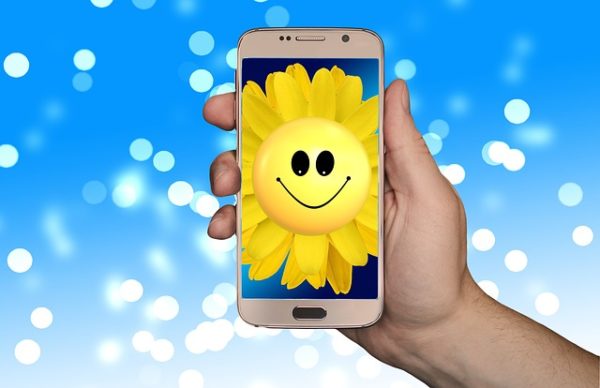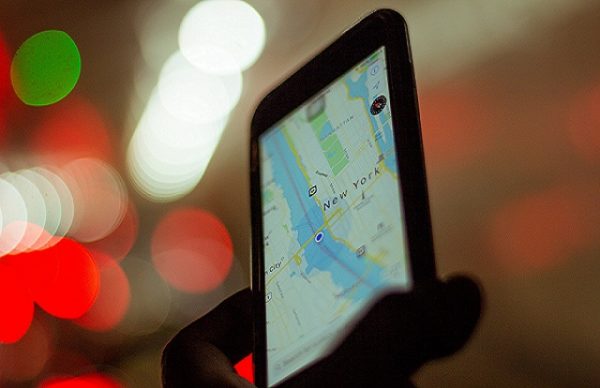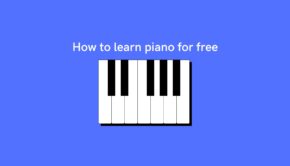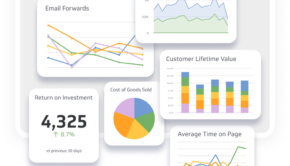8 Brilliant Tips on Designing a Mobile-Friendly Learning System
Over a century ago, when Alexander Graham Bell invented the telephone, it revolutionized the process of communication. Similarly, as a worthy successor of the humble telephone, Smartphone has reshaped communication and emerged as a major breakthrough in the realm of technology.
Since its invention, this technological marvel has been utilized across various industries and sectors to cater to the consumers. Now, the education sector too has realized its potency in terms of providing quality education, and enhancing the performance of the learners. Thus, the need for mobile learning programs is on the rise.
Here’s presenting a few insightful ideas and tips for designing a mobile-friendly learning program.
1. Know the basics of every device
While designing the mobile-friendly assignments, developers should spare a thought about the target audience and treat the device as a medium for learning. You should begin by knowing the abilities and limitations of the mobile learning process. Things like connection speed will assist you in determining the appropriate technology to adopt for creating your m-learning program, and also help you to decide the file size and the type of elements to enable the process.
You must know that the learners are more inclined towards a mobile and agile technology, and a mobile learning program should be accessible for the learners both offline and online. Also, having an idea about the storage space will allow you to incorporate the right elements for a course or assignment.
2. Try not to include complex graphics and background images
It’s often suggested not to use heavy graphics while designing the mobile learning assessments or courses as the devices have small screen size. In this case, you can definitely include icons and images while presenting the content. You can also add visual cues like explanatory images, descriptive icons, and meaningful colours. For instance, using red for disadvantages or don’ts and green to indicate advantages or do’s, etc.
Remind yourself that including background images and patterns might divert the learners’ attention from the assignment or course and only end up cluttering the mobile screen space.
Aside from all this, you should refrain from incorporating music, illustrations, or environmental noises that are not connected with learning objectives or the course value. Check your audio files to make sure those are actually compatible with multiple devices.
3. Have a clear idea regarding the resolution and size
As already pointed out in the previous section, you need to be meticulous while deciding on the kind of graphics you want to include in the mobile learning system. So, you need to have clarity on the resolution and size of your program. Experts often recommend using scalable vector graphics rather than the bitmapped graphics. This allows you to modify each graphical aspect separately by changing the size, position, and shape.
The resolution is a key factor for the mobile learning program. The implementation of HTML and responsive web design allows you to tweak the presentation of the content and the screen layout depending on the device.
Also, make sure not to use handheld or personal digital assistant or even the Smartphone devices with only 128 x 160 pixels resolution for high-quality images or graphics.
4. Present bite-sized chunks of learning content
Offer small chunks of courses or assignments so that it’s easy for the learners to absorb without losing its implied meaning. This is because they aren’t likely to go through a full-blown m-learning program on their phones. They just want to quickly grasp the concept as they have time to retain only essential information.
“Quick, small and appealing should be the criteria for designing such assessments”, states Brian Hannigan, a UX/UI designer for Assignmenthelp. Generally, a mobile learning content is broken down into a series of 3-10 minutes of micro lessons (you can call it mobisodes).
Also, incorporate a medium of communication to ensure that these small bits of content are memorable and engaging. Avoid using high-resolution images, as this would take longer for the program to load and would exceed the data charges.
These bite-size pieces of content will allow the learners’ to retain the information for the long haul.
5. Select the appropriate way of presentation
Determine the medium of presentation while considering the device and the learner. You need to understand that every learner might not use the same device. They can opt for tablets or mobiles, to go through the m-learning platform. So, you need to make your ideas clear within the limited space that you are getting with the mobile devices.
Mobile devices normally come in different sizes like Smartphone (4-6 inches) and tablets (7-10 inches). The medium of the presentation will influence how the content is presented. So, pick the right medium of presentation depending on the target device. Always aim to create the learning programs for comparatively larger screens as those are simpler to read from and maintain the attention.
6. Reduce the number of scrolls
Ideally, the learners avoid scrolling through an elaborate text as it gives rise to inconveniences in reading. So, it’s often advised to avoid (or at best decrease) the number of scrolls as they can be difficult for the learners to manage on an average-size mobile phone.
This could be achieved by dividing the content for multiple screens with an easily visible “Next” button or offering the “Nice to know” details with the “More Info” button, so that the learner doesn’t have to scroll through a lot to get to the different sections of the content.
In order to minimize the scrolling, you can use vertical scrolls instead of the horizontal scrolls as the height of a mobile screen tends to be more than its width.
7. Consider sequential screening
Responsive design allows the process of sequential screening. Through this process, learners can temporarily pause the online course on one gadget and start the course on another device, from the exact point where they had stopped. This enables the learning process to be extremely flexible and user-friendly.
For instance, when an assignment is provided to a student, he/she can access the task on a mobile while they are on the go, but finishes only a part of it. Then, he/she can finish the rest of the assignment once he/she is back home.
8. Have a simplistic yet interactive approach
Always try to keep the process interactive and simple, so there are fewer chances of the learners to get confused. As an example, you can use functions like click on tabs, icons, or images rollovers, hotspots etc. for an appropriate mobile learning process.
In this case, the screen size plays a crucial role, because most mobile users have to perform several gestures like touch, click, swipe, pinch, zoom, etc.
An m-learning platform also introduces creative modes of interaction like tilting or rotation, speech inputs, shaking the device or taking a picture. You can introduce the methods of interaction similar to Skype, or podcast to make it more intriguing.
Final words
With the sharp increase in popularity of the mobile devices, the learning process is also transformed to be suited for the smaller screens. Adopting the aforementioned ideas will help in enhancing the learning experience of the learners.
Author Bio:

Nathan William is an academic expert at MyAssignmenthelp.com who offers writing and proofreading help, when students request, “Can anyone do my assignment?” He is a software engineer by profession with a substantial experience in the field. He has pursued his degree from the Australian National University.

















